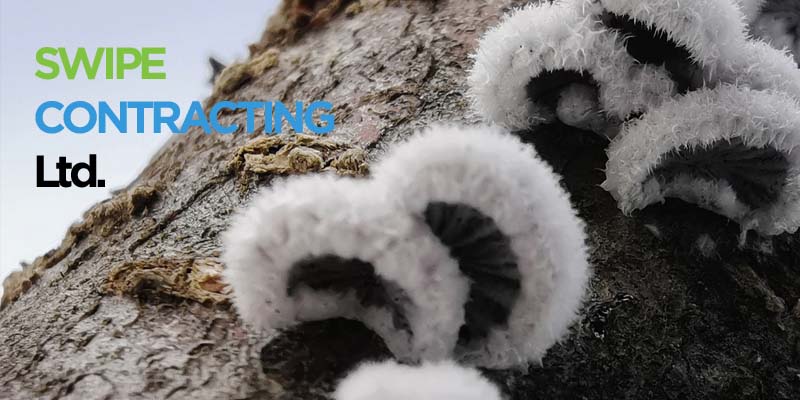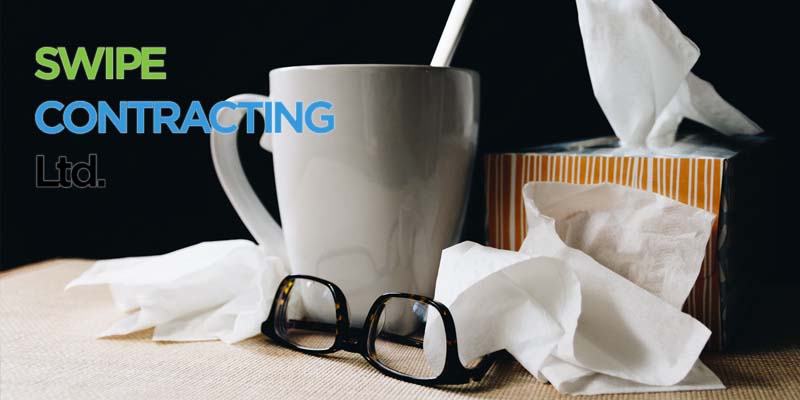Mould grows in all sorts of places in our day-to-day lives. In fact, it’s all around us! Mould is part of the fungi kingdom which involves many different living organisms. If you’ve eaten a mushroom burger or a grilled cheese recently, then you’ve digested mold. Cheese and many varieties of mushrooms are derived from mould. This is why we must remember that not all mould is bad! On the contrary, it’s even found in our medicines. If you’ve ever been prescribed penicillin, then you have used mold to treat your illness. Penicillium is the mold that scientists discovered naturally produced penicillin. Arguably, without this discovery, anti-biotics would not be the same as they are today.
However, this is not to say all mould is good either. There are certain varieties of mold that people should minimize contact with. For instance, most household molds do more harm than good. If you suspect you have household mold, it’s important to find a professional equipped for mold removal in Kelowna. Continue reading as we go through the most common household mould types and where to find them.
Top 3 Most Common Household Molds.

Stachybotrys:
Stachybotrys can be found inside and outside of your home. This variety of mould is also referred to as ‘black mold’. Moreover, Stachybotrys should be treated with extreme caution as spores can be very toxic to people. Symptoms of exposure to black mold include headache, respiratory problems, memory loss, aches and pains, changes in mood, and memory loss.
Finding Stachybotrys is fairly easy thanks to the extensive studies done. The most common places for this mold to hide are damp and lack nitrogen. Consider looking under carpets, at the bathroom ceiling, in your laundry room, and in the basement. Additionally, black mold will happily grow given enough moisture. Thus, making it even more important to fix those leaky pipes and leaks in the roof.
It is usually greenish-black in colour and varies in texture. More often than not, this mold is found with other varieties of household moulds. If you have trouble identifying it by sight, you’ll usually be able to rely on your sense of smell. Stachybotrys smells strongly of rotting wood. It is also very musty. Be sure to find an expert to help with mold removal in Kelowna.
Common household mold removal in Kelowna Cont’d
Chaetomium:
Chaetomium is a type of mould that favours dark, damp areas. Homes with water damage are a prime candidate for Chaetomium growth. Those living in cities with high precipitation levels or near water bodies are likely to have some Chaetomium. This mould is commonly confused to be black mold. The reason for this is their similar appearance and location. Moreover, Chaetomium smells almost identical to black mould.
People exposed to Chaetomium exhibit symptoms similar to allergies. For example, itchy and red eyes, irritated skin, sneezing, coughing, and difficulty breathing. In extreme cases, people have experienced neurological damage and autoimmune diseases.
Aspergillus:
Aspergillus spores are found in our everyday environment. We breathe these spores in on a daily basis. Aspergillus live both indoors and outdoors. Despite this fact, some Aspergillus are dangerous. They can cause some very serious physical symptoms. People who come in contact with this mould often have severe allergy symptoms and may cause asthmatic symptoms or lung diseases.
Commonly, Aspergillus grows on wooden surfaces. Consider unfinished tables, chairs, panels of your home, sheds, fences, cupboards, etc. Green or grey flecks will be present on these surfaces if you have Aspergillus. Like always, if you suspect you have any of these varieties of mould be sure to hire the help of an expert.
Household mold removal in Kelowna is essential for your health!

After reading this article you suspect there are moulds other than the block of cheddar in your fridge, be sure to call us. You can reach our team of expert mould removal specialists by contacting us here. For more information on mold varieties and when you need to start worrying, don’t hesitate to reach out. We’d be more than happy to help eradicate those pesky organisms. Visit the BCCDC’s indoor air quality page for added support. We look forward to helping you soon!
